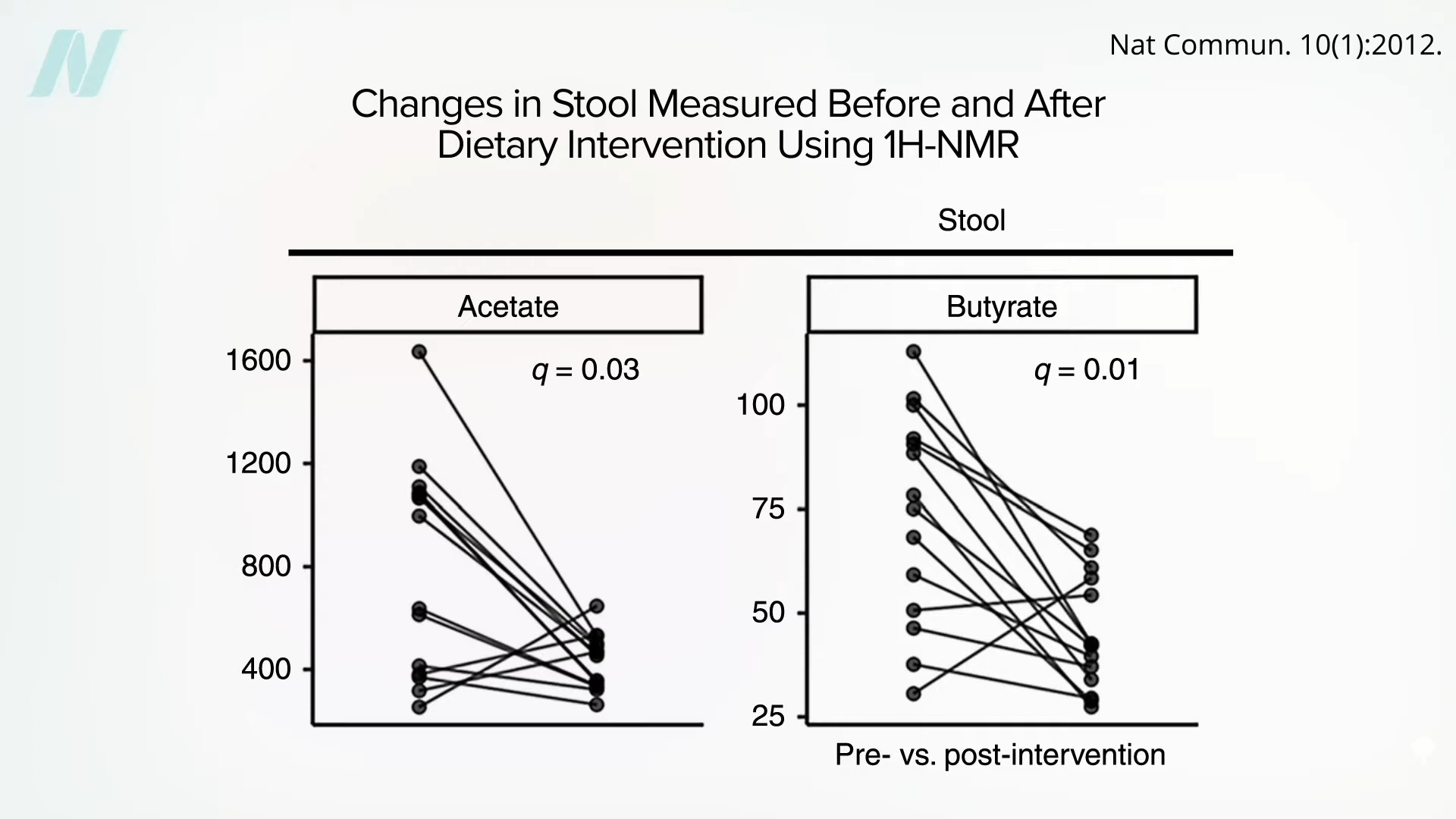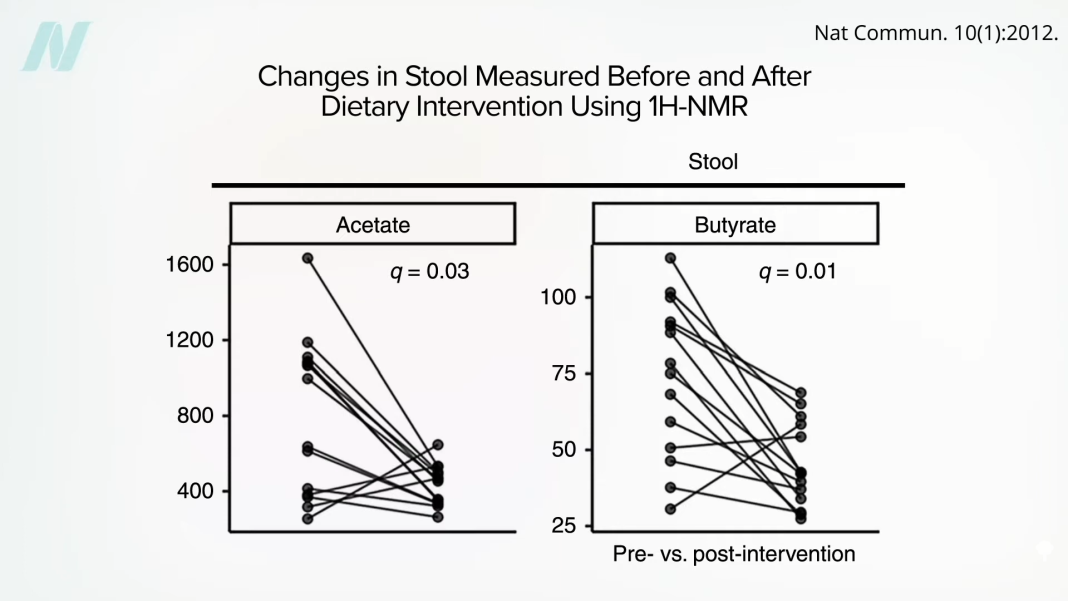It will not be the variety of micro organism rising in our small gut, however the kind of micro organism, which might be corrected with food regimen.
When researchers examined greater than a thousand sufferers struggling for longer than six months from signs typical with irritable bowel syndrome (IBS), corresponding to extra fuel, bloating, diarrhea, and stomach ache, however who don’t seem to have something extra critical happening, like inflammatory bowel illness, a major proportion had been discovered to be affected by lactose intolerance—intolerance to the milk sugar lactose. In infancy, we now have an enzyme known as lactase in our small gut that digests milk sugar, however, understandably, most of us lose it after weaning. “Though genetic mutation has led to persistence of lactase in adults, about 75% of the world’s inhabitants malabsorbs lactose after age 30†and have lactose intolerance. Nonetheless, a 3rd of the sufferers had been recognized with small intestinal bacterial overgrowth (SIBO).
“The proof for SIBO and IBS is shrouded in controversy, predominantly due to the truth that the [breath] assessments utilized in scientific apply to diagnose SIBO usually are not legitimate,†as I’ve explored earlier than. As effectively, the implications of getting extra versus fewer micro organism rising within the small gut are unclear for the reason that quantity doesn’t appear to correlate with the signs. It seems it isn’t the variety of bugs rising within the small gut, however the kind of bugs. So, it’s “small intestinal microbial dysbiosisâ€â€”not overgrowth on the whole, however the fallacious sort of development—that seems to underlie signs related to useful gastrointestinal issues, like IBS.
How can we stop this from occurring? The signs look like correlated with a major drop within the variety of Prevotella. Keep in mind them? Prevotella are wholesome fiber feeders, “suggestive of a better ï¬ber consumption in wholesome people,†whereas the bugs discovered extra in symptomatic sufferers ate sugar, which “might reflect a better dietary consumption of straightforward sugars.†Nonetheless, correlation doesn’t imply causation. To show trigger and impact, we now have to place it to the check, which is strictly what researchers did.
“Switching a gaggle of wholesome people who habitually ate a excessiveÂ-fibre food regimen (>11g per 1,000 energy) to a lowÂ-fibre food regimen (<10g per day) containing a excessive focus of straightforward sugars for 7 days produced putting outcomes. First, 80% developed de novo [new] gastrointestinal signs corresponding to bloating and stomach ache that resolved on resumption of their recurring high-fibre food regimen. Second, food regimenÂ-related adjustments within the small intestinal microbiome had been predictive of signs (corresponding to bloating and stomach discomfort) and linked to an alteration in duodenal [intestinal] permeability.†In different phrases, they developed a leaky intestine inside seven days. And, whereas some went from SIBO optimistic to SIBO detrimental and others from SIBO detrimental to SIBO optimistic, it didn’t matter as a result of the variety of micro organism rising didn’t correlate with signs. It was the kind of micro organism rising, as you may see beneath, and at 3:12 in my video Fiber vs. Low FODMAP for SIBO Signs.

No marvel their guts obtained leaky. Ranges of short-chain fatty acids plummeted. These are the magical by-products our good intestine bugs make from fiber, which “play an vital function in epithelial [intestinal] barrier integrity,†which means they preserve our intestine from getting leaky.
So, whereas we don’t have sound knowledge to recommend that one thing like a low FODMAP food regimen has any profit for sufferers with SIBO signs, there have been greater than a dozen randomized managed trials which have put fiber to the check. Total, researchers discovered there was a signiï¬cant enchancment in signs amongst these randomized to extend their ï¬ber consumption. That will assist clarify why “high-fiber, plant-based diets can stop many ailments widespread in industrialized societies.†Such diets have this impact “on the composition and metabolic exercise of the colonic microbiota.†Our good intestine bugs take plant residues like fiber and produce “health-promoting and cancer-suppressing metabolites†like short-chain fatty acids, which have profound anti-inflammatory properties. “All of the proof factors to a physiological want for ~50 g fiber per day, which is the quantity contained within the conventional African food regimen and related to the prevention of westernized ailments.†That’s roughly twice the standard advice and 3 times greater than what most individuals get every day. Maybe it must be no shock that we’d like a lot. Though we break up from chimpanzees tens of millions of years in the past, “there may be nonetheless broad congruency†within the composition of our respective microbiomes to this present day. Whereas they’re nonetheless consuming their 98 to 99 % plant-based diets to feed their pleasant flora with fiber, we’ve largely eliminated fiber-rich meals from our meals provide.Â

